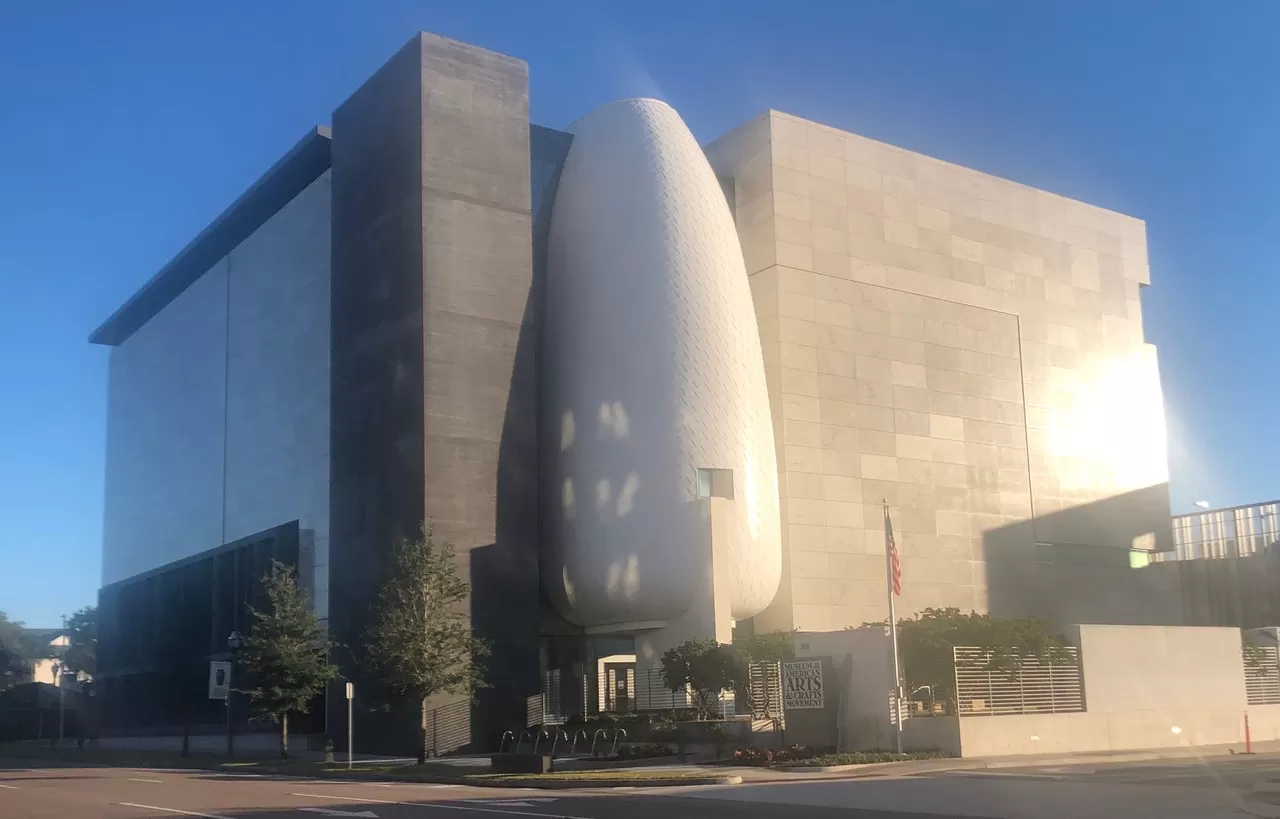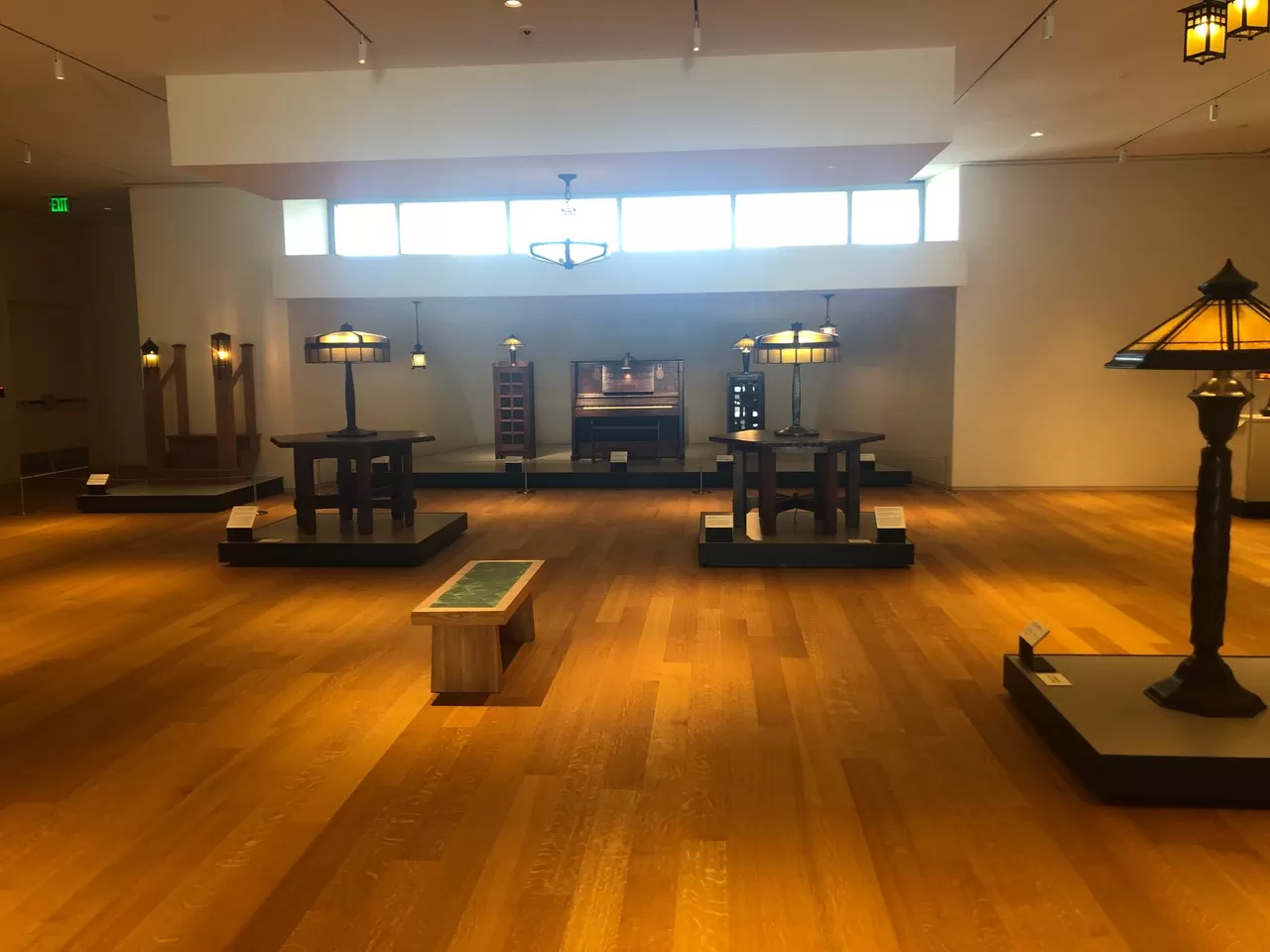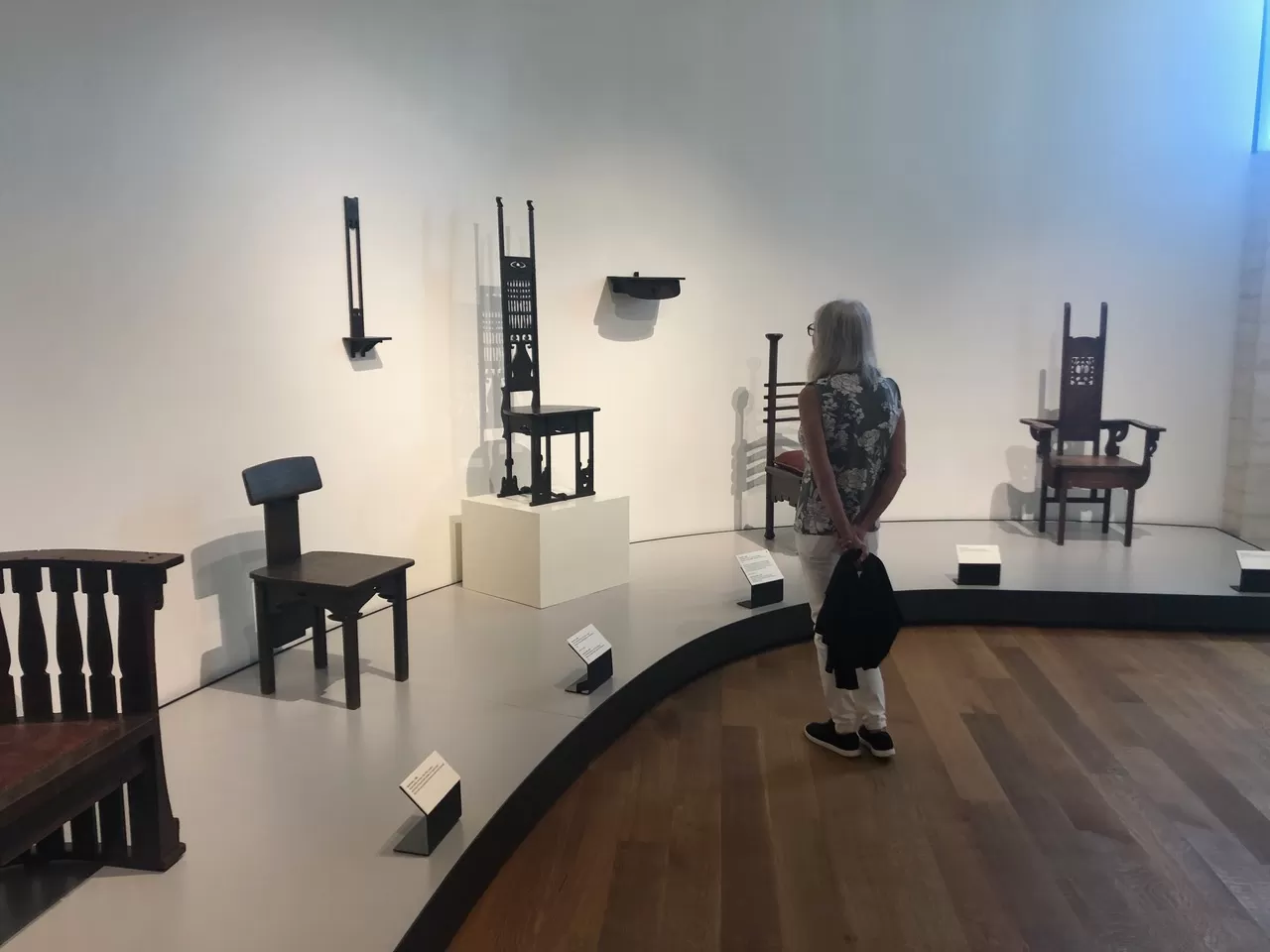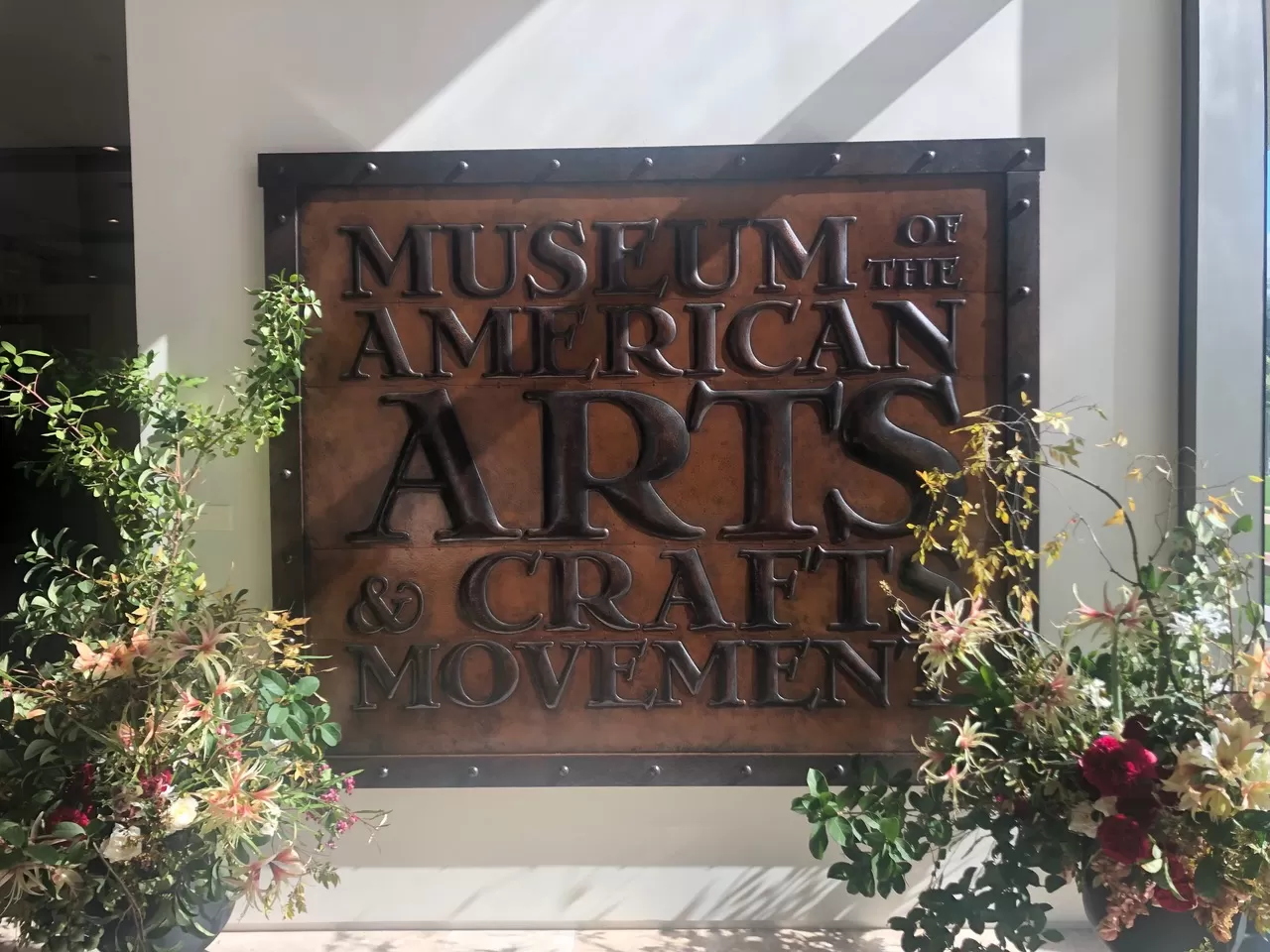The New Museum of the American Arts and Crafts Movement
There was never any doubt about the collection.
For nearly three decades, Rudy Ciccarello has been buying, both privately and at shows and auctions, the best of the best of the Arts and Crafts movement, from highly-anticipated Gustav Stickley furniture and Roycroft metalware to the lesser-known fields of early twentieth century pictorialism photography, woodblock prints, and ephemera.
What remained to be seen was just how his collection, unparalleled both in expanse and depth, would be presented.

As the five-story, 137,000 square-foot museum in downtown St. Petersburg, Florida was being constructed, a few naysayers questioned the decision by Ciccarello and the firm of Alfonso Architects to house an Arts and Crafts collection in a modernistic building. Besides the futility of attempting to design a five-story Arts and Crafts bungalow, anyone who has spent time in an authentic Arts and Crafts home knows that the dark oak and copper furnishings must often struggle just to be seen, yet alone studied and appreciated, when set against dark paneling or earth-tone walls barely illuminated by amber mica and stained-glass lighting.

Instead, Alberto Alfonso chose to display Ciccarello’s collection not as if it were in a house museum, but rather as if it were in an art museum. If the goal of the founders of the Arts and Crafts movement was to raise the status of the craftsman to that of the artist, then one of the goals of the architect was to raise the status of the Arts and Crafts movement to that of such recognized art movements as Impressionism, Cubism, and Classicism.
And it worked.


The five-story atrium is a shower of sunlight, enabling visitors to immediately appreciate each piece on display. While the museum does contain a few room settings, the vast majority of pieces, from an early Gustav Stickley Morris chair to a Greene and Greene lantern, are easily examined, studied, and appreciated, often from 360-degrees.

I’m not sure if anyone knows how many pieces are in Rudy Ciccarello’s collection, but he wisely did not attempt to cram them all into his museum – as so many of us do in our homes. Those selected for this initial display are given space to breath, and are positioned in such a way to allow visitors to appreciate every detail in their design and construction.

And knowing there are hundreds more examples awaiting their turn to be on display will bring us all back more return visits.
Until next week,
“It’s not a museum. It’s not a place of artifacts. It’s a place of ideas.” – Jeanie Kahnke
Bruce
For more information, please go to: https://www.museumaacm.org/
PS – And we loved downtown St. Petersburg! Dog-friendly, people-friendly, and easy to walk to shops, galleries, and outdoor dining restaurants.

